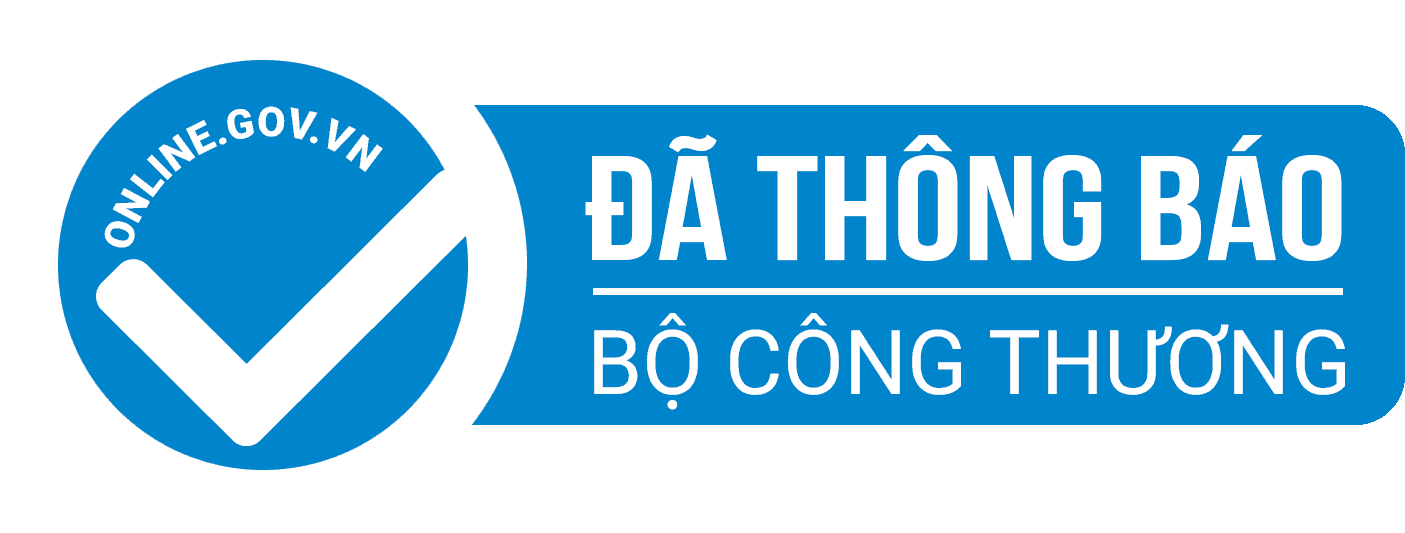1. A glance at Tieu Pagoda, Bac Ninh
Tieu Pagoda, also called Thien Tam Tu or Tieu Son Tu, sits quietly on the slopes of Tieu Mountain in Bac Ninh. Surrounded by lush greenery, this temple is both a spiritual refuge and a historical site, with a history spanning more than a thousand years.

What sets Tieu Pagoda apart from other temples is its absence of donation boxes. In many pagodas, these boxes are placed throughout the premises, often leading to crowds jostling to leave offerings. At Tieu Pagoda, however, this practice is strictly avoided. You will not see any donation boxes; the temple only encourages visitors to offer a single incense stick and flowers. No votive paper or excessive monetary offerings are accepted, ensuring a calm, uncluttered, and deeply spiritual environment.
Over the centuries, Tieu Pagoda has become not only a sacred site for Buddhist devotees but also a cultural attraction, preserving important relics from the Ly Dynasty.
>>> Explore: Vietnamese pagodas: TOP 13 places that culture seekers should not miss
2. The time-honored history of Tieu Pagoda
Historical chronicles describe Tieu Pagoda as a place intricately linked to King Ly Cong Uan, the first king of the Ly Dynasty and a pivotal figure in Vietnamese history. It is believed that Ly Cong Uan was born here and raised under the guidance of Zen master Van Hanh before becoming a wise ruler who founded the Ly Dynasty and established the flourishing Dai Viet civilization.
The temple likely dates back to the Pre-Ly and Early Le periods, making it one of the oldest Buddhist centers in northern Vietnam. During the Ly Dynasty, Tieu Pagoda was a prominent religious complex with two main pagodas: Thien Tam Pagoda on the mountain slope for religious practices and Truong Lieu Pagoda at the mountain foot acting as a residence for monks.

Over time, the complex expanded significantly, especially during the Le Trung Hung era. Unfortunately, much of it was destroyed during wartime. In the late 20th and early 21st centuries, monk Thich Dam Chinh played a crucial role in restoring Tieu Pagoda to its present state. The pagoda has retained its tranquil charm and stood as a National Historical and Cultural Site since 1991.
>>> Explore: Dau Pagoda, Bac Ninh: The oldest Buddhist site in Vietnam
3. Things to explore at Tieu Pagoda in Bac Ninh
3.1. Architectural highlights
Tieu Pagoda once stretched across a vast area, earning the nickname "Hundred-Chamber Pagoda." Today, while smaller in scale, it still has several essential structures:
- Tam Bao Hall: The main worship hall, dedicated to Buddha, where simple altars hold only incense, flowers, and candles.
- Ancestral house: Dedicated to all the monks that lived and worked at the pagoda.
- Bell Tower: A modest structure that resonates with the sound of Buddhist bells during ceremonies.
- Ancient towers: Scattered around the temple grounds, these towers house the remains of venerable monks.
The architecture of Tieu Pagoda blends Buddhist aesthetics in the Ly Dynasty, characterized by wooden structures, curved roofs, and intricately carved details. Unlike lavishly decorated temples, Tieu Pagoda emphasizes minimalism and mindfulness.
3.2. The ancient statue of Zen master Van Hanh
Within the ancestral house stands a solid bronze statue of Zen master Van Hanh, one of the most revered monks in Vietnamese history. The statue depicts him seated in a meditative position, with a gentle yet commanding expression symbolizing wisdom and compassion.

Zen master Van Hanh (938 - 1018) played an influential role in shaping Vietnam's destiny. As a royal advisor, he guided King Le Dai Hanh in defending the nation and later inspired King Ly Cong Uan to ascend the throne and relocate the capital from Hoa Lu to Thang Long (modern-day Hanoi). His teachings laid the foundation for a prosperous and independent Dai Viet era.
Atop Tieu Mountain stands another impressive statue of Zen master Van Hanh. Rising about five meters tall, it is a testament to his enduring influence and veneration in Vietnamese culture.
3.3. The preserved body of Zen master Nhu Tri
Perhaps the most extraordinary relic of Tieu Pagoda is the preserved body of Zen master Nhu Tri, hidden for nearly three centuries inside Vien Tue Tower. Discovered in 2004, his body was found seated in a meditative position, with a calm expression as if in eternal contemplation.
Scientific studies confirmed that Zen master Nhu Tri was a man approximately 1.65 meters tall who passed away between the ages of 45 and 50 in 1723. His internal organs had partially mummified naturally - a rare phenomenon that remains a subject of fascination and reverence.
The body was carefully restored under the supervision of experts from the Vietnam Academy of Science and Technology and the team responsible for preserving President Ho Chi Minh's mausoleum. Today, it is enshrined at Tieu Pagoda, attracting both spiritual seekers and intrigued researchers.
3.4. Ly Gia Linh Thach Stele
Another priceless artifact in Tieu Pagoda is Ly Gia Linh Thach Stele, which was carved in 1793 under the Tay Son era. Found during temple repairs in the 1980s, this stone slab details King Ly Cong Uan’s lineage and key events of the Ly Dynasty. It serves as a crucial historical source for scholars studying Vietnam’s early feudal history.

3.5. Ancient towers
The 15 ancient towers in Tieu Pagoda each mark the resting place of esteemed monks who once lived and worked here. These towers silently testify to the pagoda’s significance as a former Buddhist learning center, where generations of spiritual leaders shaped the religious fabric of northern Vietnam.
>>> Check out: 11 things to do in Bac Ninh to discover its hidden charms
4. Guide for visitors to Tieu Pagoda, Bac Ninh
4.1. When to visit?
Tieu Pagoda welcomes visitors throughout the year, offering a tranquil atmosphere in every season. However, to truly immerse yourself in its spiritual energy, it is best to visit during the temple’s major annual events. One of the most significant occasions is the Van Hanh Memorial Ceremony, held on the 15th day of the 1st lunar month. This event gathers monks, devotees, and visitors from all over Vietnam who come to pay tribute to Zen master Van Hanh. Another ideal time to visit is during the Tieu Pagoda Festival, which takes place on the 8th and 9th days of the 2nd lunar month. During this festival, the pagoda becomes lively with rituals, chants, and cultural performances.
>>> Discover Bac Ninh weather to plan your trip in advance!
4.2. How to get there?
Tieu Pagoda is conveniently located about 30 kilometers northeast of Hanoi, making it an ideal day-trip destination. To get there, follow Highway CT01 (for cars) or Nguyen Van Cu Street (for motorbikes) northeast all the way to Tu Son Ward in Bac Ninh. In Tu Son, follow Minh Khai Street - Vieng B Road - Thien Tam Road and you will reach the pagoda.
Alternatively, you can take Bus 54 from Long Bien in Hanoi to Tu Son. After getting off the bus, hail a taxi or motorbike taxi to get to Tieu Pagoda.

4.3. What to note?
To maintain the sanctity of Tieu Pagoda, visitors should observe the following:
- No donation: Unlike other temples, Tieu Pagoda does not place donation boxes in its worship areas.
- No votive paper burning: To preserve a smoke-free environment, the temple strictly prohibits this practice.
- Simple offerings only: Flowers, fruits, or a single incense stick are enough to show sincerity. Excessive offerings are discouraged and may be politely declined.
- Dress code: Wear modest clothing that covers the shoulders and knees.
- Silence is golden: Keep your voice low to maintain the tranquil atmosphere of the temple grounds.
- Cleanliness: Dispose of trash properly.
- Photography: Don’t take photos or videos of the worship areas without permission.
- Footwear: Wear comfortable shoes as you will need to climb stone steps to reach the temple on Tieu Mountain.
4.4. Where to go nearby?
Bac Ninh is full of cultural sites. After seeing Tieu Pagoda, check out these nearby spots:
- Dinh Bang Communal House (5.3 kilometers away): One of the oldest communal houses in Vietnam, known for its wooden architecture and intricate carvings.
- Do Temple (5.7 kilometers away): A majestic temple complex dedicated to the eight kings of the Ly Dynasty, offering deep insight into the royal heritage of Vietnam.
- Dan Pagoda (5.7 kilometers away): A peaceful Buddhist sanctuary surrounded by nature, perfect for quiet contemplation.

Tieu Pagoda is not just a place of worship, it’s a vivid reminder of Vietnam’s early feudal history and Buddhist heritage. Whether you are a history enthusiast, a pilgrim, or a curious tourist, a visit to Tieu Pagoda promises an unforgettable cultural experience in Bac Ninh.
To make your trip even more enjoyable, consider staying at Vinpearl Hotel Bac Ninh, a luxurious accommodation conveniently located in the city center. With elegant rooms, top-tier amenities, and excellent services, Vinpearl Hotel Bac Ninh provides a perfect retreat after a day of exploring Tieu Pagoda and nearby attractions.















_1742996408_1743220457.jpg)
_1743220365.jpg)

















